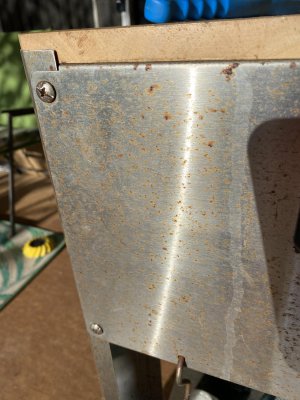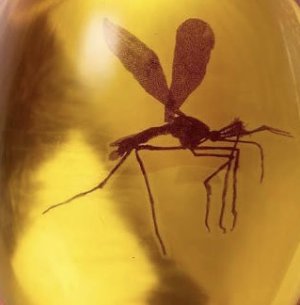- Joined
- Sep 8, 2019
- Messages
- 4,392
Why would you want to put a protective coating over polished stainless steel? First, it's polished stainless steel, it doesn't need protecting. Second, and perhaps important, is clear coatings filter light and alter the natural luster of the metal. It will cut the specular radiance and make the part look plastic. Something to think about while you're out earning bread for the week.
His neighbor has stainless fence brackets, & some of these have rusted a little bit after a few years.

How the Sea Breeze Can Affect Your Stainless Steel - Tampa Steel
In coastal areas, the chloride in sea spray, rain, and dry salt particles can contribute to the corrosion of stainless steel.
His house is very near to the SF Bay:

Trying to protect against this:

Apparently the chloride in the sea air will attack the material:
Quote from the link above:
“We find that regardless of grade (304/316) the tea staining or pitting will occur. This is mostly due to the brushed finish. Rolled or mirror finishes do not suffer from this.”
Last edited:


